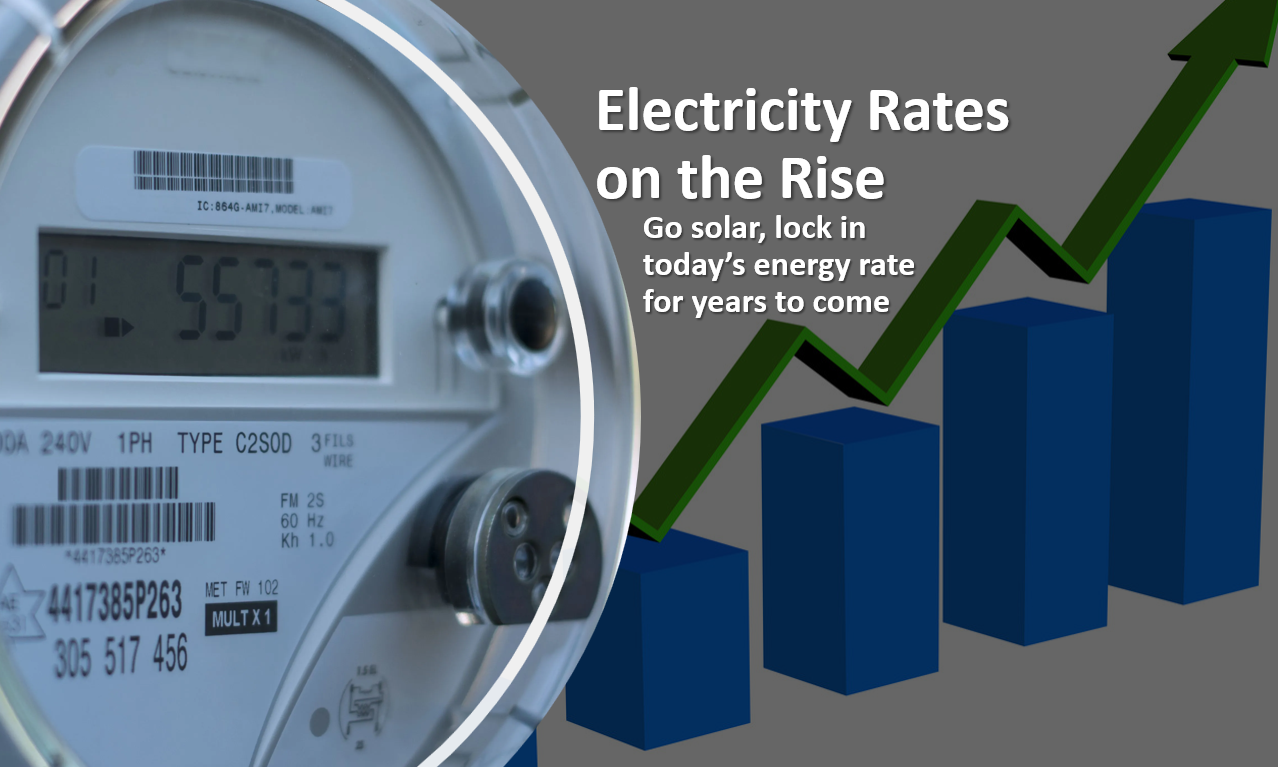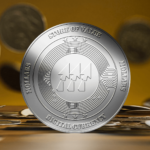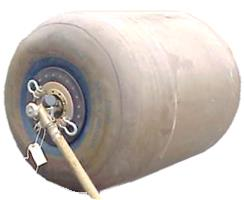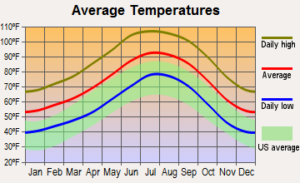
Beat power is an empowering innovation that offers an imaginative answer for a great many state-of-the-art applications. From auto assembling and food handling to military hardware, and clinical medicines, and that’s only the tip of the iceberg, these short however strong electrical heartbeats keep on tracking down new purposes across different enterprises.
What is Pulsed Power?
The study of Pulse Power incorporates the assortment of innovation, exploratory apparatuses, and capacities that investigate convergences of electrical energy in existence and how the tackling of this energy can be applied to various applications. To make high-energy beats, low-power electrical energy is put away in a bank of capacitors and delivered as short heartbeats with a lot higher power. The beat’s length is progressively abbreviated to billionths of a second longer. As the beat is abbreviated at a consistent speed, the power increments, bringing about an exceptionally short yet strong explosion of energy.
All in all beat power includes the making of short electrical heartbeats that are related to extremely high electrical power, voltages, and flow amplitudes. Nonetheless, since these heartbeats include outrageous circumstances and just give simple nanoseconds of activity, they can’t be acknowledged by basic printed circuit sheets. Beat power should be outfit by high voltage beat generators, or Marx Generators, to convey the fundamental power for explicit applications.

Saddling Pulsed Power with High Voltage Pulse Generators
For beat ability to have viable applications, it should have a spot to be put away until delivered. Marx modulators give this capacity and delivery limit. These high voltage beat generators store electrical energy likewise to a battery in banks of capacitors, however on a lot more prominent scope. Marx modulators’ main role is to produce a high-voltage beat from a low-voltage supply.
Capacitors that are associated and lined up with each other get charges much the same way and are then released in series. The Marx modulator comprises the switches that control the equal charging and series release. The put-away voltage is duplicated by the number of stages in the generator circuit to decide the resulting voltage of the generator.
At the point when the capacitors are provided by a voltage source, they gain charge at a similar rate until they are charged, without letting an ongoing pass through. The capacitors are set off by a fast exchanging activity, making put away energy discharge all the while or in coordinated series, making a voltage that is comparable to the number of stages in the generator. By deferring the arrival of energy in successive stages, the state of the result heartbeat can be matched to the ideal burden.
Industry Uses for High Voltage Pulse Generators
While generators have been in need for business creation for a long time, consistent mechanical advances have made frameworks with a lot more prominent result voltage, higher dependability, and more successful PC-controlled diagnostics and boundaries. Thus, the scope of purposes for high voltage beat generators and heartbeat tweaks keeps on expanding across numerous ventures and applications, including:
- Low-pressure pseudo park
- Electroporation
- UV light assurance
- Dielectric boundary release
- Barometric tension plasma jets
- Season of flight
- Bar guiding
- Q-switches
- Pockels cells
- Microchannel plates
- Acoustic transducers
- Photomultiplier tubes and picture intensifiers
- Modern plasma age














